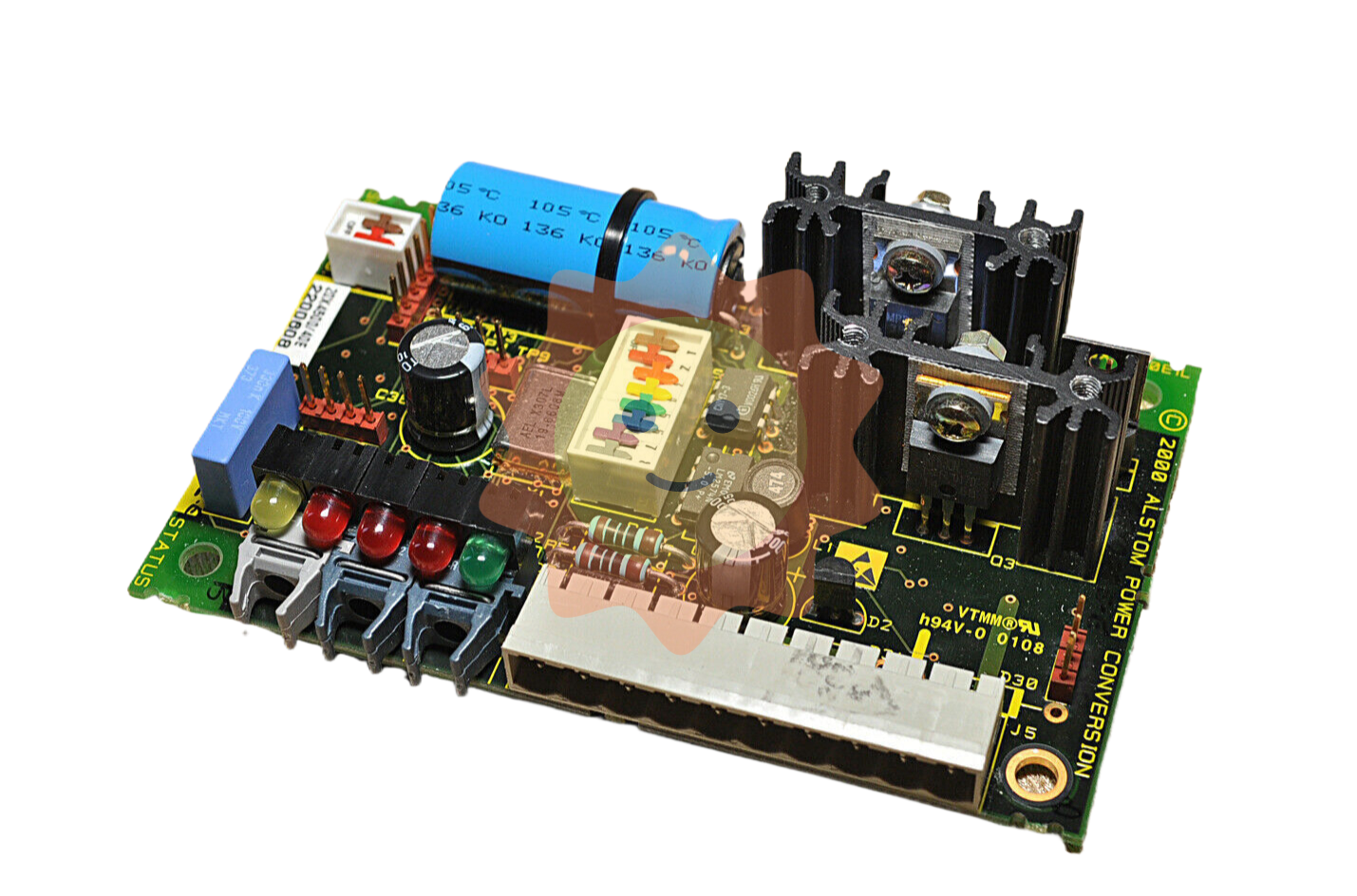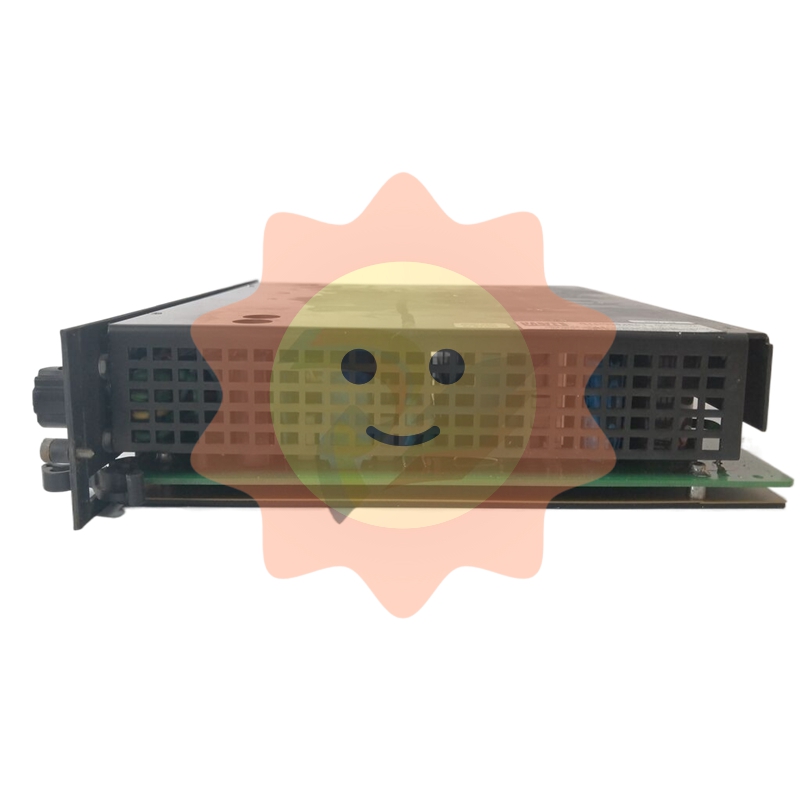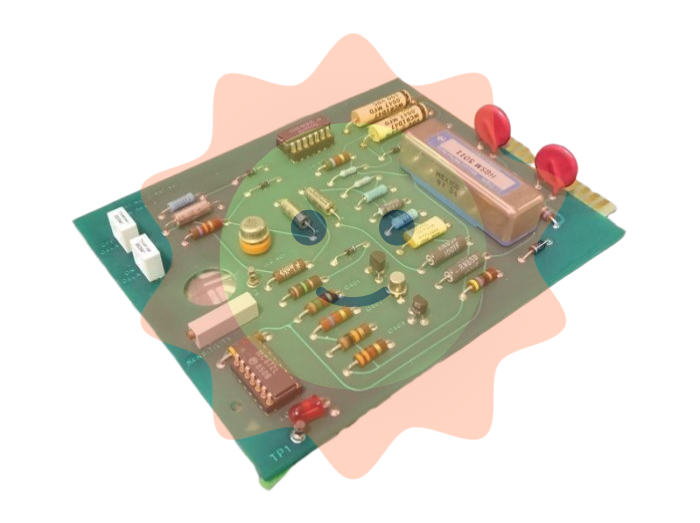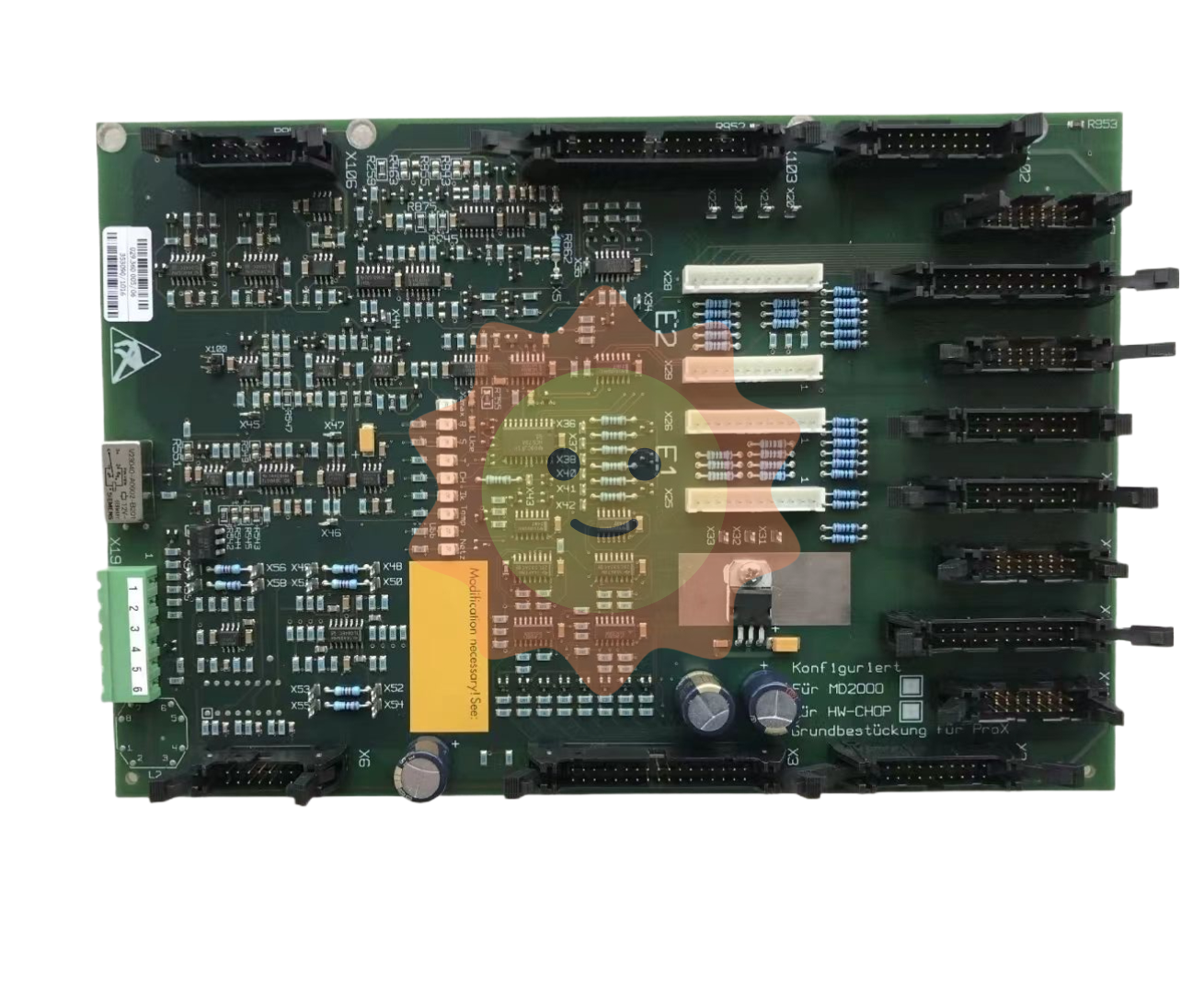Why don't electrons fall into the nucleus
In the macroscopic, if two particles with dissimilar charges start at a certain distance apart, no matter what their mass is, how much charge they carry, if they are not affected by other external forces, only under the action of electrostatic force, they will attract each other along a straight line, and will not form a point charge revolving around another point charge atom-like system. In the microscopic particles, the nucleus is positively charged and the electron is negatively charged, and the electron will eventually form an atomic system moving around the nucleus under the electrostatic gravity of the nucleus, and will not fall into the nucleus, which is unexplained by the classical electromagnetic theory: the classical electromagnetic theory believes that the electron will continue to radiate electromagnetic waves due to accelerating motion around the nucleus, resulting in energy reduction and eventually falling into the nucleus. In fact, there are two main reasons why electrons do not fall into the nucleus: First, when electrons are pulled closer by the electrostatic gravity of the nucleus, they continue to "fission" and release photons to obtain recoil and avoid falling into the nucleus. The second is that the magnetic interaction between the nucleus and the electron provides the source of the angular velocity required for the electron to rotate around the nucleus.
Section 1 Evolution of atomic structure model
Human understanding of atomic structure is gradually deepening. Ancient Greek philosopher Democritus and others: everything is made up of a kind of particles called "atoms". In 1808, the British scientist Dalton put forward the concept of atom as the smallest unit of matter, that matter is directly composed of atoms; An atom is a tiny, indivisible, solid sphere; Atoms of the same class have the same properties.

In 1897, the British physicist Thomson found the electron in the discharge phenomenon of low-pressure gas, and determined that the electron is a part of the atom, the discovery of the electron made people realize that the atom is composed of smaller particles. In 1904, Thomson proposed a "cake model" or "watermelon model" of atomic structure, which suggested that the positive charges in the atom were evenly distributed like a cake, while the electrons were embedded in it like dates and arranged according to certain geometric laws (or embedded in the positively charged "watermelon flesh" like a "watermelon seed"). When the electron is disturbed, it vibrates near the equilibrium position and emits photons of a specific wavelength, which explains why atoms of various elements can emit different spectra.
In 1909, Rutherford found that most of the a particles could penetrate the thin metal foil without changing direction, and a few of the a particles were deflected at a certain Angle when they passed through the metal foil, and some of the particles bounced back completely. Rutherford thus speculated that most of the atoms are empty, and there must be a hard nucleus with positive charge that concentrates most of the mass of the atom. When a particle hits the nucleus, it will be bounced back, and when it deflects, it will change direction and deflect at a certain Angle. Because the space occupied by the nucleus is small, most of the A particles can penetrate through. In 1920, Rutherford proposed the concept of the neutron, which was confirmed in 1931, and suggested that the nucleus was composed of protons and neutrons. Rutherford drew an analogy between the structure of the solar system and the atom and proposed a planetary model of the atom. The atomic system is like the solar system, each atom has a very small nucleus, which concentrates almost all the mass of the atom, and has several units of positive charge, a number of electrons rotate around the nucleus outside the nucleus, and the nucleus at the core rotates the electrons around it by its strong electrostatic attraction. Because the number of positive charges in the nucleus is equal to the number of negative charges in the electron, the atom is normally neutral.
Later, it was pointed out that according to the classical electromagnetic theory, the process of electrons rotating around the nucleus is the process of accelerating the movement of electric charge, which will inevitably release electromagnetic waves, as the electrons continue to release electromagnetic waves and their energy continues to decrease, the electrons will fall into the nucleus along the helix, and in fact the atomic system is quite stable; At the same time, because the electron falls into the nucleus along the helix, the electron's orbit should be continuously changing, and the frequency of the photon emitted should also be continuously changing, but when people observe the atomic spectrum, they find that the atomic spectrum is often several independent spectral lines, which shows that the stable orbit of the electron in the atom is not continuous. For these reasons, the planetary model of the atom was rejected.

In 1913, the Danish physicist Bohr introduced Planck's quantum concept on the basis of the planetary model and proposed the layered atomic structure model. It is believed that an electron can only move in certain stable orbits within an atom, that it neither emits nor absorbs energy when moving in these possible orbits, that it emits or absorbs energy only when the electron transitions from one orbit to another, and that the energy emitted or absorbed is specific, and that the relationship between the emitted frequency and energy is given by E=hv, where h is Planck's constant. Bohr believed that the electron moves in a circle around the nucleus in certain possible orbits, and that the farther away from the nucleus the higher the energy, the possible orbits of the electron must be determined by the angular momentum of the electron must be an integer multiple of h/2π. Bohr's atomic theory introduced quantum concepts into the field of atoms for the first time, put forward the concepts of stationary states and transitions, and successfully explained the experimental law of hydrogen spectrum. But for slightly more complex atoms, such as helium, Bohr's theory is unable to explain their spectral patterns.
In 1927, the Austrian physicist Schrodinger proposed the electron cloud model of the atom (probability theory) on the basis of the de Broglie relation. It is believed that electrons have wave-particle duality, and at a certain moment, it is impossible to accurately determine the specific position of electrons in atoms and accurately determine the speed of electrons, which is the famous uncertainty relationship. The electron moves at a high speed in a small space outside the nucleus without a definite orbit, so we can not accurately measure the position and speed of the electron at a certain time, nor can we accurately describe its trajectory. It's just the probability that an electron will appear anywhere in outer space at any given time. The density of a point in space indicates the chance of an electron appearing there. Where the density is high, it indicates that electrons have more chances to appear in the unit volume of space outside the nucleus. Where the density is small, it indicates that the electron has less chance to appear in the unit volume of space outside the nucleus, and the electron is like a cloud covering the nucleus, and the motion of the electron cannot be regarded as the orbital motion of a particle with a definite coordinate.

Section 2 Features of electronic internal structure
We believe that: (1) the essential property of the electron is particle, the electron has a specific internal structure, can absorb photons to increase the mass can also emit photons to reduce the mass, and this process can be repeated indefinitely, so the mass of the electron in the atomic bound state is not unchanged. Similar to the "mass magic number" of the atomic nucleus, the electron also has several discontinuous binding energy maxima - "mass magic number", each "mass magic number" corresponds to a stable orbital of the electron in the atom. (3) The closer the electron is to the nucleus, the smaller the mass, the closer the internal parts are combined, and the higher the "hunger degree", so the stronger its ability to combine photons; The farther away the electron is from the nucleus, the more massive it is, the more loosely bound its internal parts are, and the lower its "hunger degree", the weaker its ability to bind photons. When the electron and the nucleus are close to each other in a straight line under the action of electrostatic gravity, the electron will recoil by releasing photons through "fission" to increase the speed around the nucleus and ensure that it does not fall into the nucleus; As the electrons move away from the nucleus, they quickly absorb the photons and gain mass to store up material for the next "fission." Although the electron can absorb the photon to increase the mass, but the electron has a "critical mass", more than the "critical mass" of the electron is extremely unstable, will be fission in a very short time to release the photon and re-generate the stable existence of the mass of the smaller electron.
If we represent the mass M of the electron in horizontal coordinates and the binding force F inside the electron in vertical coordinates, we can roughly plot the binding force inside the electron mass. As can be seen from the figure: the closer the electron is to the nucleus, the smaller the mass, the higher the "hunger degree", the greater the internal binding force, and the stronger the energy of absorbing photons; The farther away the electron is from the nucleus, the greater the mass, the lower the "hunger degree", the smaller the internal binding force, and the weaker the energy of absorbing photons. The electron has several "mass magic numbers" with large internal binding force, and each "mass magic number" of the electron corresponds to a stable orbital of the electron in the atom. The free electrons in the free state have larger mass and smaller internal binding force, so it is less easy to continue to absorb photons to increase their mass. The following figure is a diagram of the mass size of the electron in different orbits (the ratio of the nucleus and the electron should be ignored here), it can be seen that the closer the electron is to the nucleus, the smaller the mass, the farther the electron is from the nucleus, the greater the mass, of course, the mass of the free electron in the free state is the largest.

The mass of electrons in an atom is not constant. The closer the electron is to the nucleus, the smaller the mass, the closer the internal parts are bound together, the higher the "hunger degree", and the stronger the ability to absorb photons. The farther away the electron is from the nucleus, the more massive it is, the more loosely bound it is, the less "hungry" it is, and the less able it is to absorb photons. This is well understood, the smaller the mass of the electron, the smaller its volume, the closer the combination between the parts, the higher the "hunger degree", and therefore the stronger the ability to combine photons; The greater the mass of the electron, the larger the volume, and the corresponding increase in the distance between the parts, resulting in the looser the electron binding, the lower the "degree of hunger", and thus the weaker the binding ability of the photon. Modern physics points out that the photon has no resting mass, which misleads many people to the understanding of electron "fission" release of photons, in fact, electron "fission" release of photons will inevitably lead to the reduction of electron mass, electron absorption of photons will inevitably lead to the increase of electron mass, which is our correct understanding of the law of electron movement in the atom.
The electrostatic attraction of the nucleus is the main factor affecting the "fission" of electrons. There is a very strong nuclear force between the proton and the neutron in the nucleus, and there is also a mutual force between the various parts of the electron, because the binding force between the various parts of the electron is not very large (relative to the nuclear force of the nucleus), so under the strong electrostatic gravitational tearing action of the nucleus, the electron has the possibility of "fission" release of photons. From the point of view of dialectical materialism: there are two factors that determine whether an electron "fission" emits photons: the internal cause is the cohesion (bonding force) between the internal parts of the electron, and the external cause is mainly the electrostatic attraction of the nucleus: The electrostatic attraction of the nucleus always tries to tear and deform the electron - and then forces the electron to produce "fission" to release photons, which results in the electron being closer to the nucleus, and reducing the mass and volume of the electron, resulting in the internal parts of the electron being more closely combined and the degree of "hunger" is higher; The internal cohesion of the electron always tries to condense the electron into a whole - and absorb one or more photons as much as possible, which results in an increase in the mass and volume of the electron, resulting in a looser internal combination of the electron and a reduction in the "degree of hunger." It can also be simply argued that the electrostatic attraction of the nucleus always decreases the mass of the electron, while the cohesive force of the electron itself always increases its mass.

The electron has a "magic number of masses", and each "magic number" corresponds to a stable orbital of the electron in the atom. We know that the nucleus is not a uniform hard ball but has a certain internal structure, it is composed of protons and neutrons, mass numbers of 2, 8, 20, 28, 50, 82, 114, 126, 184 and other numbers of nuclei are more stable, we call these numbers "magic numbers", and the nucleus with a double magic number is particularly stable. Similar to the "magic number" of the mass of the nucleus, there are several "magic numbers" of the mass of the electron: The binding force of the electron itself is not proportional to its mass change, or simple linear change, generally speaking, the smaller the mass of the electron, the greater the internal binding force, but there are always certain masses of electrons the binding force is quite large, much larger than the binding force of other masses of electrons, we put these masses of considerable binding force correspondingly called the electron "mass magic number". Electrons have a number of masses with great internal binding force (" mass magic number "), and the ability of electrons in the "mass magic number" to combine photons is very strong, and each "mass magic number" often corresponds to a stable orbital of the electron in the atom.
Electron absorption of photons is selective. Since the electron in the nucleus bound state is in a "hungry state", then can the electron absorb any mass of photons? In fact, this is not the case, the absorption of photons by electrons in the electrostatic gravitational binding state of the nucleus is selective. For an electron in a "hungry state", it has the ability to absorb photons. The smaller the mass of the photon, the smaller the change in electron mass caused by it entering the electron, and the smaller the influence on the balance between all parts of the electron, so the binding force between the electron and the electron is also larger. Conversely, the greater the mass of the photon entering the electron, the greater the change in the electron mass, and the greater the influence on the balance between the whole internal parts of the electron, so the binding force with the electron is also smaller. The binding force between only a few electrons of a certain mass and photons of a certain mass is extremely large.
- EMERSON
- Honeywell
- CTI
- Rolls-Royce
- General Electric
- Woodward
- Yaskawa
- xYCOM
- Motorola
- Siemens
- Rockwell
- ABB
- B&R
- HIMA
- Construction site
- electricity
- Automobile market
- PLC
- DCS
- Motor drivers
- VSD
- Implications
- cement
- CO2
- CEM
- methane
- Artificial intelligence
- Titanic
- Solar energy
- Hydrogen fuel cell
- Hydrogen and fuel cells
- Hydrogen and oxygen fuel cells
- tyre
- Chemical fiber
- dynamo
- corpuscle
- Pulp and paper
- printing
- fossil
- FANUC
- Food and beverage
- Life science
- Sewage treatment
- Personal care
- electricity
- boats
- infrastructure
- Automobile industry
- metallurgy
- Nuclear power generation
- Geothermal power generation
- Water and wastewater
- Infrastructure construction
- Mine hazard
- steel
- papermaking
- Natural gas industry
- Infrastructure construction
- Power and energy
- Rubber and plastic
- Renewable energy
- pharmacy
- mining
- Plastic industry
- Schneider
- Kongsberg
- NI
- Wind energy
- International petroleum
- International new energy network
- gas
- WATLOW
- ProSoft
- SEW
- wind
- ADVANCED
- Reliance
- YOKOGAWA
- TRICONEX
- FOXBORO
- METSO
- MAN
- Advantest
- ADVANCED
- ALSTOM
- Control Wave
- AB
- AMAT
- STUDER
- KONGSBERG
- MOTOROLA
- DANAHER MOTION
- Bentley
- Galil
- EATON
- MOLEX
- Triconex
- DEIF
- B&W
- ZYGO
- Aerotech


email:1583694102@qq.com
wang@kongjiangauto.com


















































